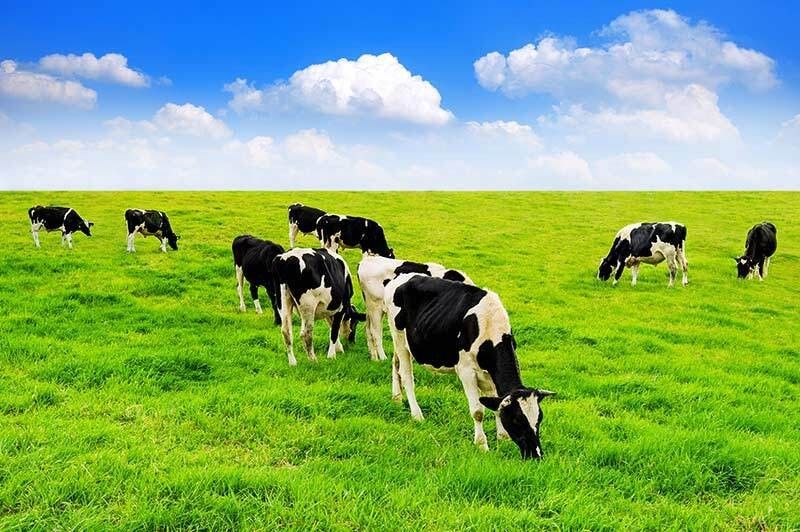Can grass-fed cow’s milk be better than organic? Decode the labels

MANILA, Philippines — Imagine the rolling landscapes of New Zealand, where the air is crisp, the grass is lush, and cows graze freely, happily making liquid gold. As ideal as it sounds, did you also know that the quality of milk these cows produce is connected to their diet and their environment?
The journey it took from the lush pastures to one’s table is easily overlooked because most of us don’t realize that commercially farmed cows, more often than not, are fed with grain rations inside concrete cubicles. This is where conventional milk comes from.
Organic milk, meanwhile, is a different story—we’ll have more on that later.
Beneath the surface
New Zealand being one of the world’s best sources of cow’s milk is no exaggeration.
Its pasture-fed cows offer milk that’s enriched with essential nutrients—famed for the balance of omega-3 and omega-6 fatty acids that’s fundamental to human health.
A standout component of this milk is conjugated linoleic acid (CLA)—simply, this is a beneficial fatty acid with potential anti-inflammatory properties.
Now, the milk aisle isn't only about different fat percentages. It’s now a choice between plant-based, conventional, organic cow’s milk, and the newest entrant—grass-fed.
Organic milk is certified by stringent USDA standards and is a testament to cows’ natural living and consumption habits. Yet, grass-fed cow’s milk has another layer of complexity.
Grass-fed cow’s milk emerges as a victor, not just for cows but for the consumers, too. The cows' all-grass diet produces milk that’s filled with beneficial omega-3s, outshining even the organic variety.
According to a scientific study in 2018, grass-fed cow’s milk contains 147% more omega-3s than conventional milk and 52% more than organic milk, amplifying the health benefits in each sip.
If there’s anything else that could be better than the grass-fed goodness of New Zealand milk, it would be the addition of vital minerals for the target consumer.
In the case of Anlene, milk is not only acquired from grass-fed cows, but also infused with 600 mg of calcium—two times more than regular milk.
This healthy dose is good for adults’ healthier bones. This also enables blood to clot properly and muscles to contract.
Anlene is likewise high in vitamin D that helps in calcium absorption.

Balancing environment and ethics
Embracing the idea of grass-fed practices isn’t just about milk quality. It’s an ecological and ethical commitment to a better and healthier world.
Consumers nowadays seek products that ensure environmental and ethical responsibility, and pasture-raised cows obviously advocate this, all while they enjoy a more natural diet and more spacious conditions.
This aligns with the regenerative agriculture, which aims for the health of ecosystems and reduced greenhouse gas emissions.
Grass-fed cows, despite contributing to soil health and reduced emissions, also produce more methane and require more land. Therefore, this new reality also requires innovative solutions to balance our desire for top-quality dairy and a sustainable planet.
Making an informed choice through a glass of milk
With every sip of grass-fed cow’s milk such as Anlene, one imbibes not only proper adult nourishment, but also a reminder of between our choices and our advocacies.
Next time you walk down the milk aisle, think about it a judicious journey that matters to your health, and far more beyond that.
ASC Reference No.: F0180N082523A
Editor’s Note: This #BrandSpace story is created with Anlene. It is produced by the Advertising Content Team that is independent from our Editorial Newsroom.




















